Simple maintenance tips to extend the lifespan of your kitchen equipment and save money on repairs.
-
 Cooking Appliances
add remove
Cooking Appliances
add remove
-
 Pizza & Grill
add remove
Pizza & Grill
add remove
-
 Refrigeration
add remove
Refrigeration
add remove -
 Combi Steamer
add remove
Combi Steamer
add remove
-
 Kitchen Appliances
add remove
Kitchen Appliances
add remove
-
 Rinsing & Cleaning
add remove
Rinsing & Cleaning
add remove
-
 Retail Refrigeration
add remove
Retail Refrigeration
add remove
-
 Cafe & Ice Cream
add remove
Cafe & Ice Cream
add remove
-
 Smart-Gastro
add remove
Smart-Gastro
add remove
-
 Cooking Appliances
add remove
Cooking Appliances
add remove
-
 Pizza & Grill
add remove
Pizza & Grill
add remove
-
 Refrigeration
add remove
Refrigeration
add remove -
 Combi Steamer
add remove
Combi Steamer
add remove
-
 Kitchen Appliances
add remove
Kitchen Appliances
add remove
-
 Rinsing & Cleaning
add remove
Rinsing & Cleaning
add remove
-
 Retail Refrigeration
add remove
Retail Refrigeration
add remove
-
 Cafe & Ice Cream
add remove
Cafe & Ice Cream
add remove
-
 Smart-Gastro
add remove
Smart-Gastro
add remove

Call us:
+49 (0) 6135 7040 450Latest posts
-
 How to Extend the Lifespan of Your Kitchen Equipment with Simple MaintenanceRead more
How to Extend the Lifespan of Your Kitchen Equipment with Simple MaintenanceRead more -
 The Ultimate Guide to Making the Best Brown Sugar Bubble Tea08/25/2025Read more
The Ultimate Guide to Making the Best Brown Sugar Bubble Tea08/25/2025Read moreSip into the ultimate guide for making the perfect brown sugar bubble tea, the sweet and trendy drink of the year.
-
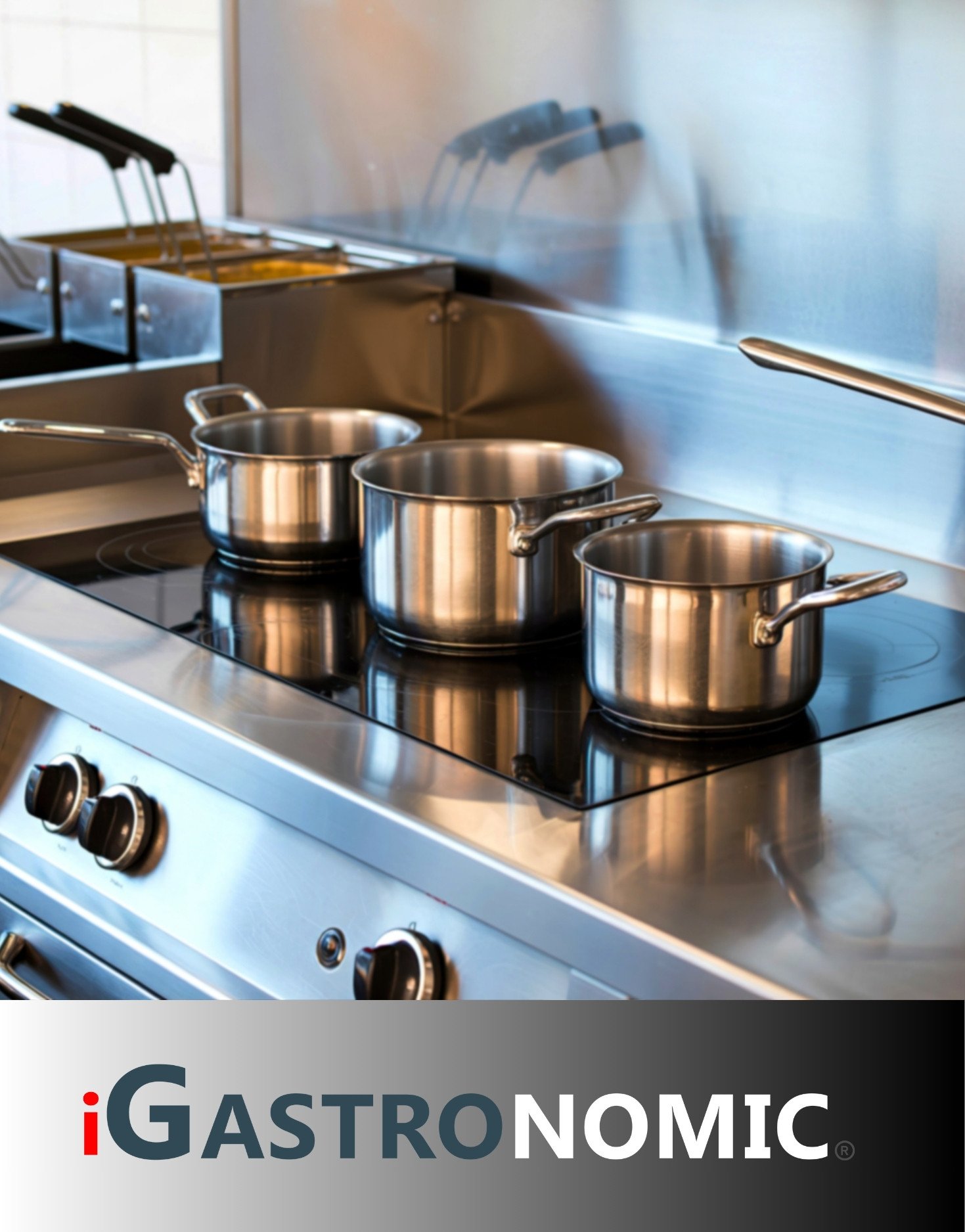 Understanding the Total Cost of Ownership for iGastroNomic Equipment and Legal Regulations Compliance08/10/2025Read more
Understanding the Total Cost of Ownership for iGastroNomic Equipment and Legal Regulations Compliance08/10/2025Read moreDiscover the total cost of ownership for iGastroNomic equipment and how it meets legal regulations. Learn how...
-
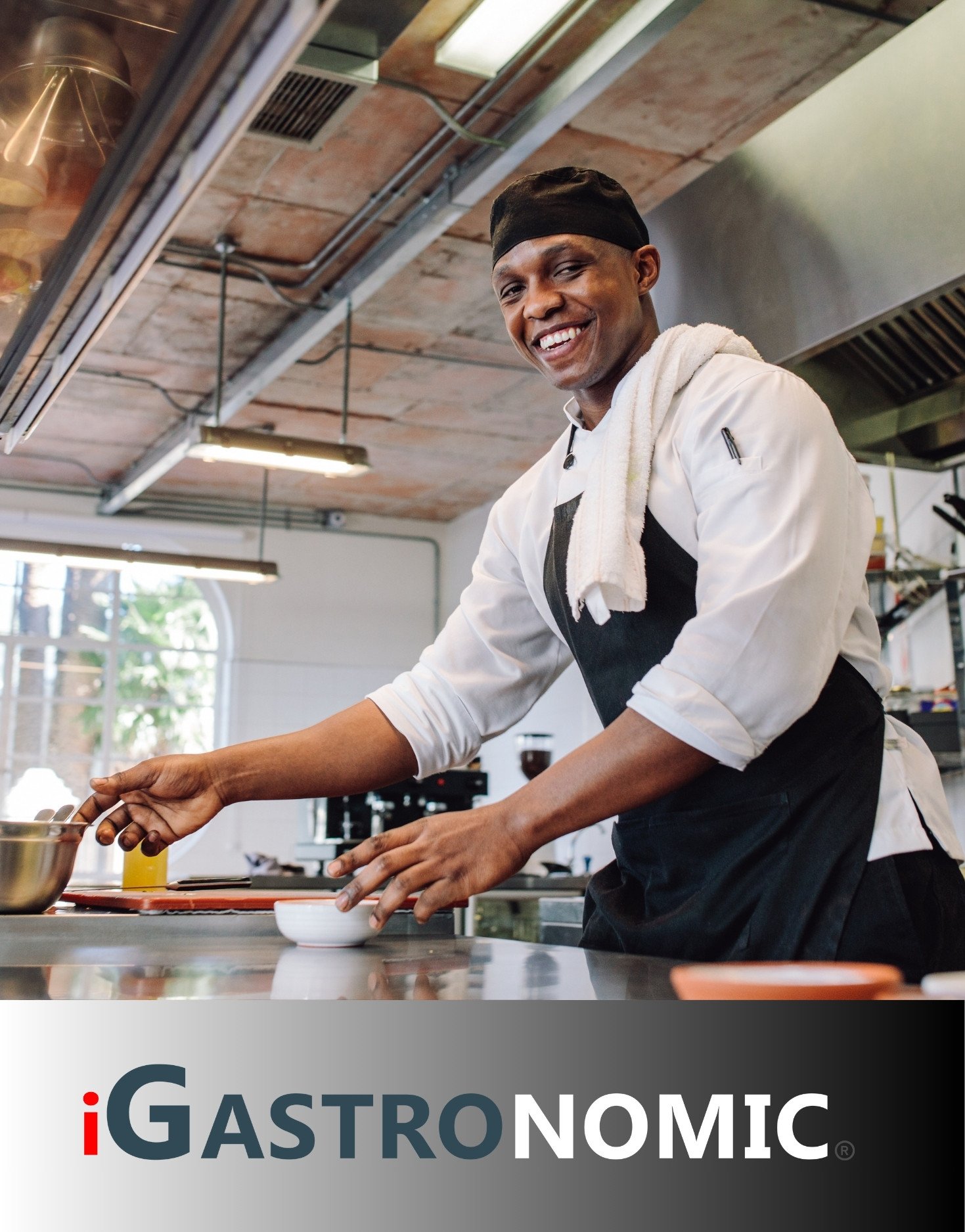 Gas Lava Stone Grill vs Water Grill vs Griddle: Which is the Best Option for You?08/09/2025Read more
Gas Lava Stone Grill vs Water Grill vs Griddle: Which is the Best Option for You?08/09/2025Read moreGas lava stone grills, water grills, and griddles each have their own unique features and benefits, making it...
-
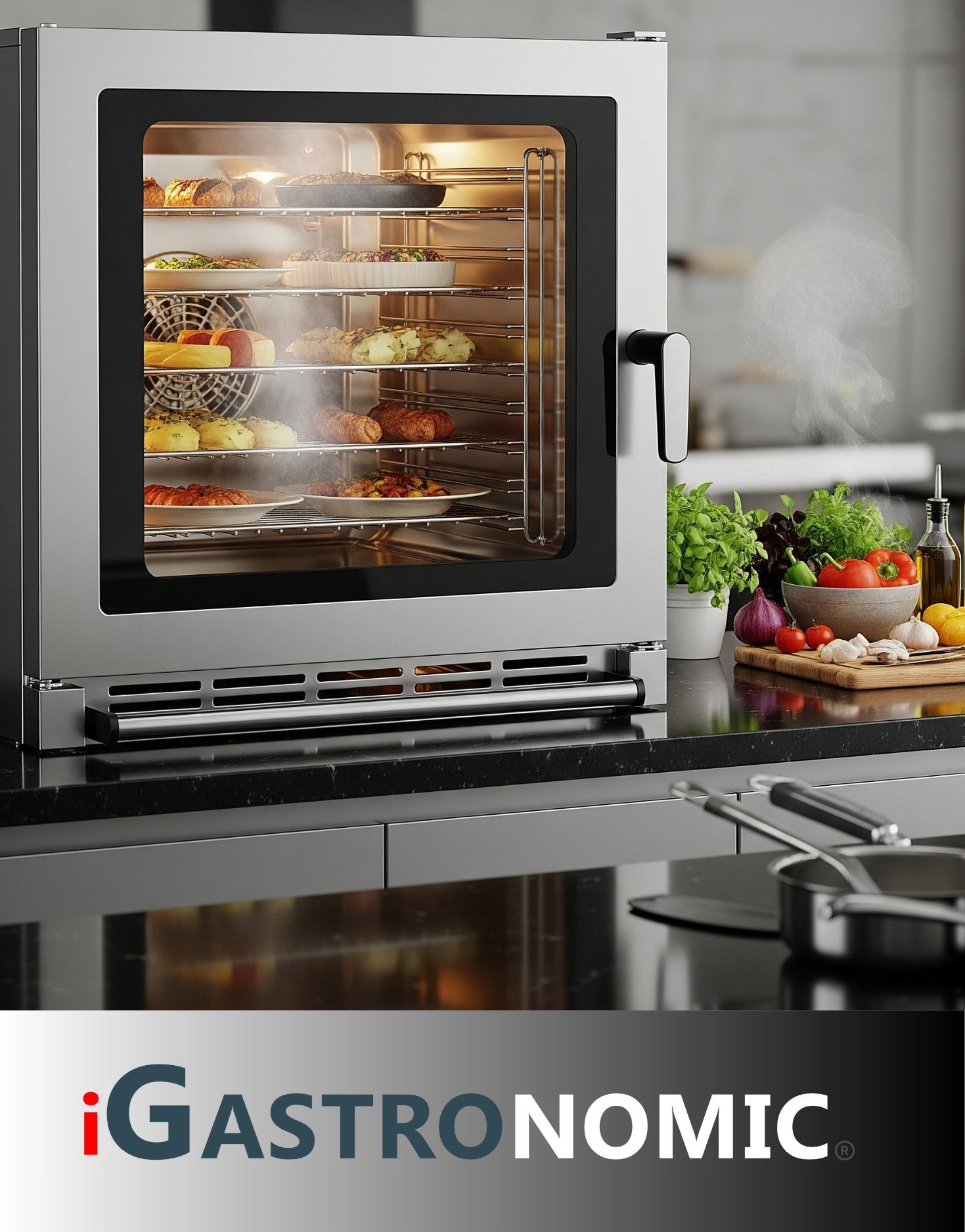 Air Fryer vs Oven: Which is Better for Cooking?08/08/2025Read more
Air Fryer vs Oven: Which is Better for Cooking?08/08/2025Read moreDiscover the pros and cons of using an air fryer vs an oven for cooking. Find out which appliance is better suited...
-
 Secure Liquidity: Why Gastro Leasing is the Smart Choice for Your Professional Kitchen08/03/2025Read more
Secure Liquidity: Why Gastro Leasing is the Smart Choice for Your Professional Kitchen08/03/2025Read moreDiscover how Gastro Leasing helps you launch with a professional kitchen without high upfront investments, all while...
-
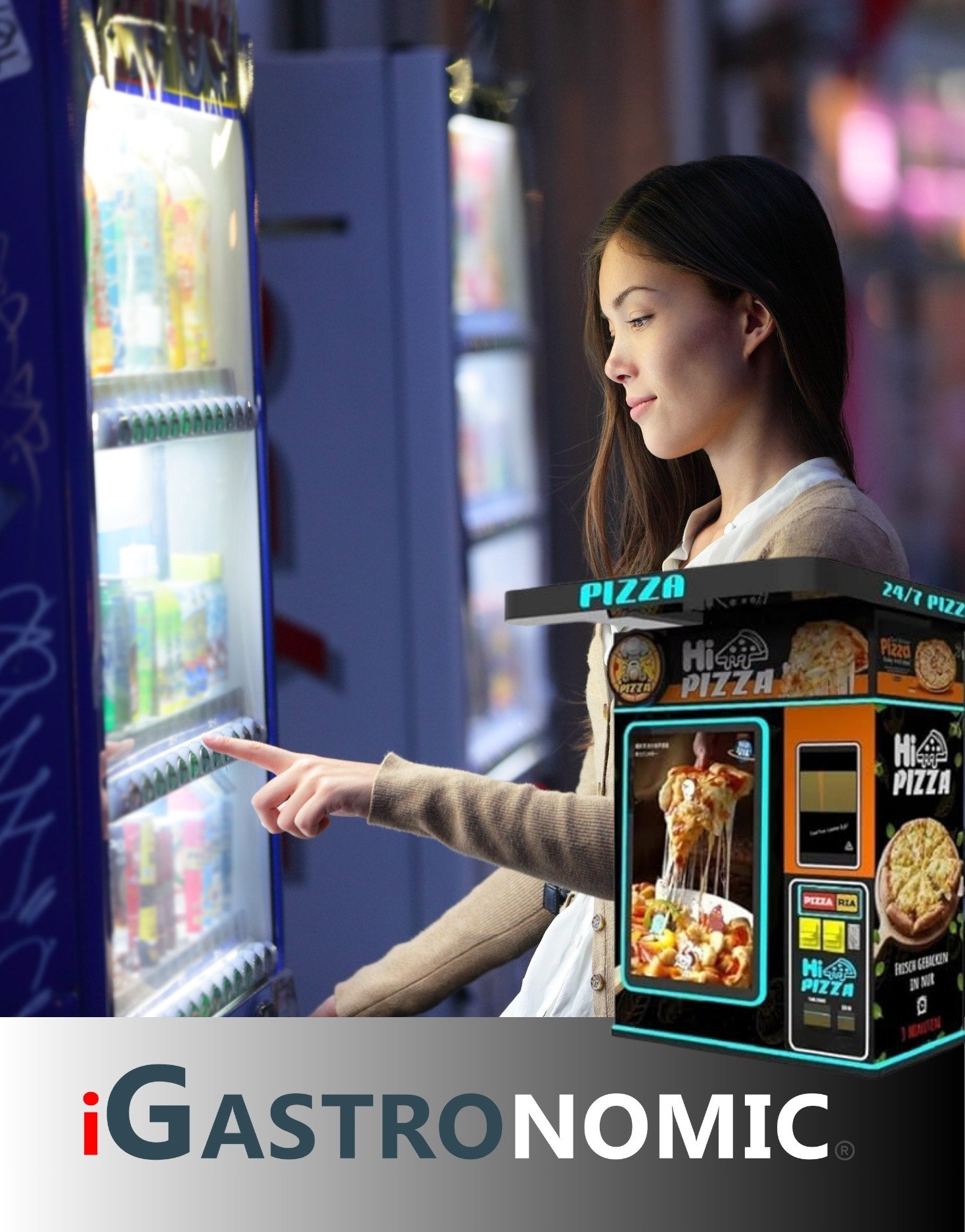 The Convenience of Pizza Vending Machines: A Guide to Grabbing a Quick Slice on the Go08/02/2025Read more
The Convenience of Pizza Vending Machines: A Guide to Grabbing a Quick Slice on the Go08/02/2025Read moreDiscover the convenience of pizza vending machines and how they offer a quick and easy way to enjoy your favorite...
-
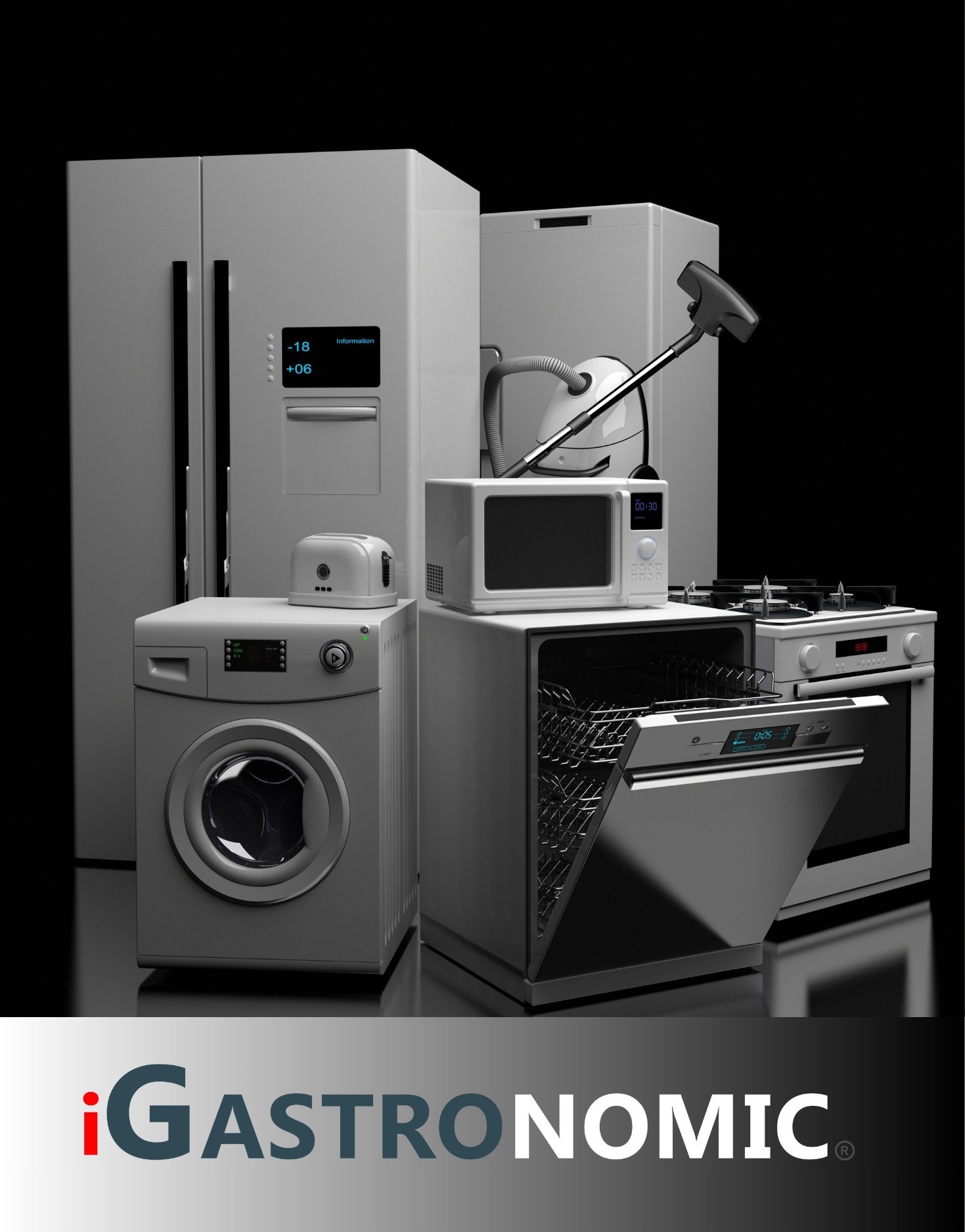 Which Electric Appliances Use the Most Electricity?07/31/2025Read more
Which Electric Appliances Use the Most Electricity?07/31/2025Read moreLearn about the electric appliances that consume the most electricity and how to reduce their energy usage to save...
-
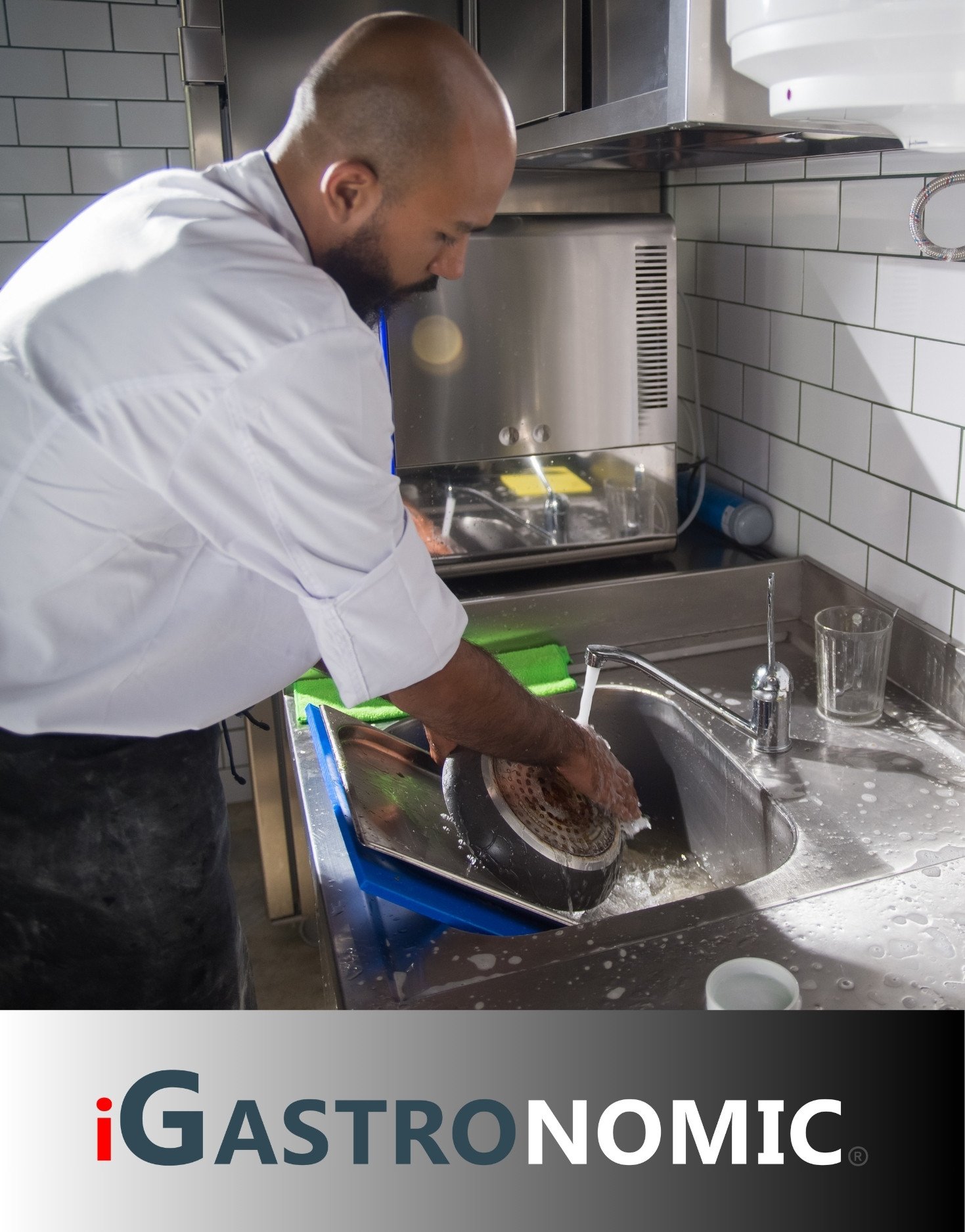 How to Clean Stainless Steel Cookware Without Scratching It07/30/2025Read more
How to Clean Stainless Steel Cookware Without Scratching It07/30/2025Read moreLearn how to properly clean and maintain your stainless steel cookware without causing any damage or scratches....
-
 The Ultimate Guide to Making the Best Dubai Chocolate07/27/2025Read more
The Ultimate Guide to Making the Best Dubai Chocolate07/27/2025Read moreLearn how to make the best Dubai chocolate at home with this comprehensive guide. Discover the equipment you need and...
Blog categories
Search in blog
Archived posts
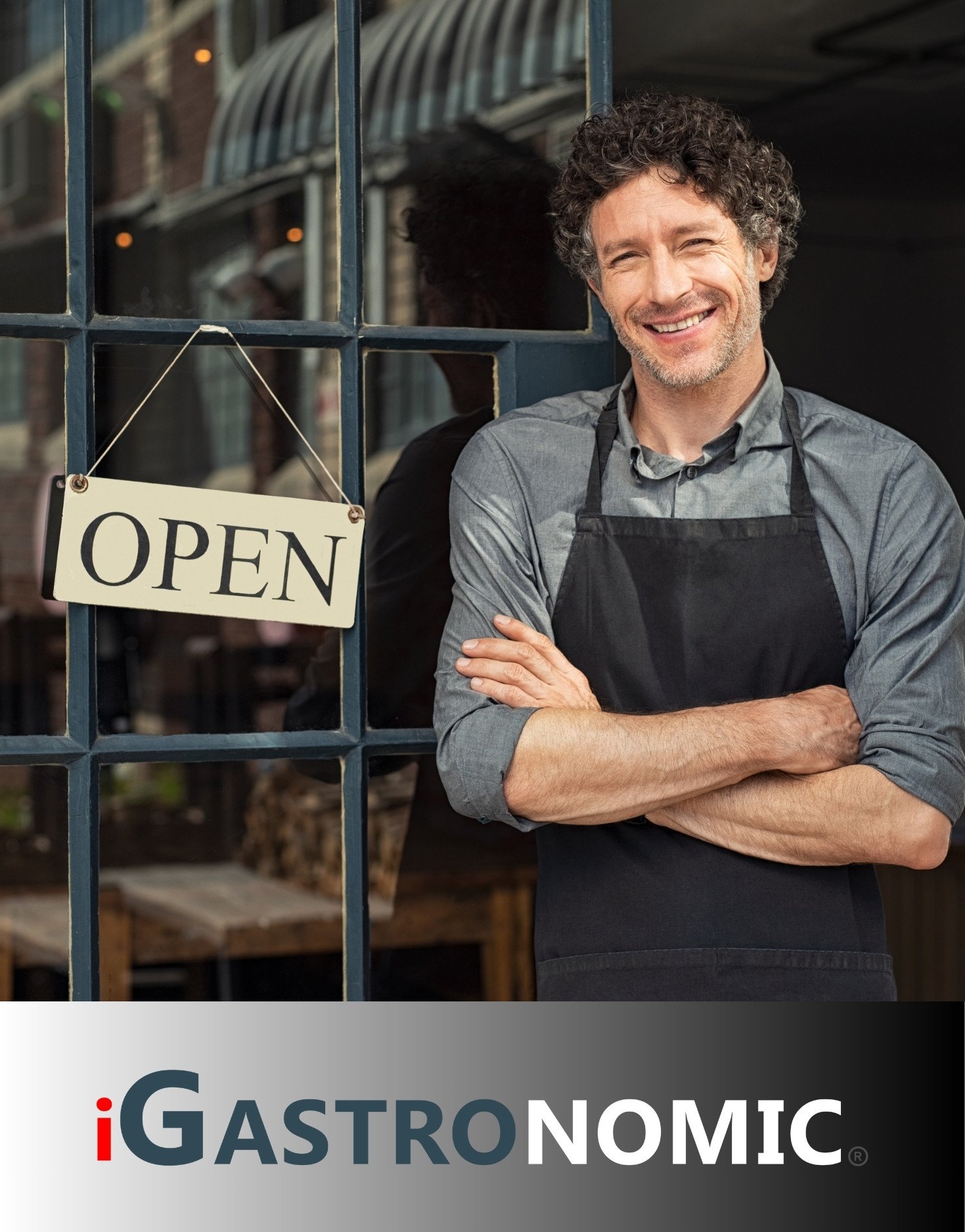
What is the minimum cost to start a restaurant in Europe?
Starting a restaurant is a dream for many aspiring entrepreneurs, but it can also be a daunting task, especially when it comes to budgeting and financing. In Europe, the cost of opening a restaurant can vary greatly depending on a variety of factors, including location, size, concept, and more. In this comprehensive guide, we will break down the minimum cost to start a restaurant in Europe and provide tips on how to budget effectively for your new venture.
Factors Affecting the Cost of Starting a Restaurant
Before we dive into the specific costs involved in starting a restaurant in Europe, it's important to understand the various factors that can impact the overall cost of your venture. Some of the key factors to consider include:
- Location: The location of your restaurant can have a significant impact on the cost of opening. Rent prices, property taxes, and utility costs can vary greatly depending on the city and neighborhood you choose.
- Size: The size of your restaurant will also affect the cost of opening. Larger restaurants will require more equipment, furniture, and staff, which can increase your initial investment.
- Concept: The type of restaurant you plan to open will also play a role in determining your costs. Fine dining establishments, for example, will require higher-quality ingredients and more expensive decor than casual dining restaurants.
- Regulations: Different countries in Europe have varying regulations and licensing requirements for restaurants, which can impact your costs. Make sure to research the specific regulations in your chosen location.
Minimum Cost to Start a Restaurant in Europe
While the cost of opening a restaurant can vary widely depending on the factors mentioned above, we can provide a general estimate of the minimum cost to start a restaurant in Europe. Here is a breakdown of the essential costs you should budget for:
- Business Plan: Before you can start your restaurant, you will need to create a detailed business plan outlining your concept, target market, competition, pricing strategy, and financial projections. This will help you secure financing and guide your decisions as you launch your restaurant.
- Legal Fees: You will need to hire a lawyer to help you navigate the legal requirements of opening a restaurant in Europe. This can include registering your business, obtaining permits and licenses, and complying with health and safety regulations.
- Location: The cost of renting or purchasing a space for your restaurant will be one of your largest expenses. Make sure to factor in rent, utilities, property taxes, and any renovations or improvements needed to create a functional and inviting space.
- Equipment: You will need to purchase kitchen equipment, furniture, tableware, and other supplies to run your restaurant. This can include ovens, refrigerators, stoves, tables, chairs, dishes, utensils, and more.
- Staff: You will need to hire and train staff to help you run your restaurant. This can include chefs, servers, bartenders, dishwashers, and managers. Make sure to budget for salaries, benefits, and training costs.
- Inventory: You will need to purchase food, beverages, and other supplies to serve your customers. Make sure to budget for ingredients, drinks, condiments, napkins, and other consumables.
- Marketing: You will need to promote your restaurant to attract customers. This can include creating a website, social media accounts, printed materials, and advertising campaigns. Make sure to budget for marketing expenses to ensure a successful launch.
Tips for Budgeting Effectively
Now that you have a better understanding of the costs involved in starting a restaurant in Europe, here are some tips to help you budget effectively for your new venture:
- Research Costs: Take the time to research the costs of opening a restaurant in your chosen location. Reach out to other restaurant owners, suppliers, and industry experts to get a better idea of what to expect.
- Create a Detailed Budget: Create a detailed budget outlining all of your anticipated expenses, including one-time costs and ongoing expenses. Make sure to account for contingencies and unexpected costs to avoid running out of funds.
- Secure Financing: Once you have a clear understanding of your costs, secure financing to cover your expenses. This can include loans, grants, investors, or personal savings. Make sure to have a solid financial plan in place to attract potential investors or lenders.
- Start Small: Consider starting with a smaller restaurant or pop-up concept to minimize your initial investment. This can help you test your concept, build a loyal customer base, and generate revenue before expanding to a larger space.
- Negotiate with Suppliers: Reach out to suppliers and negotiate pricing to reduce your costs. Consider forming partnerships with local farmers, producers, and distributors to source high-quality ingredients at a lower cost.
- Monitor Expenses: Keep a close eye on your expenses and adjust your budget as needed. Track your sales, costs, and profits regularly to ensure that your restaurant is on track to meet its financial goals.
Conclusion
Opening a restaurant in Europe can be a rewarding but challenging endeavor. By understanding the costs involved and budgeting effectively, you can increase your chances of success and build a profitable business. Use the information in this guide to help you plan and launch your restaurant with confidence.
Related posts
-
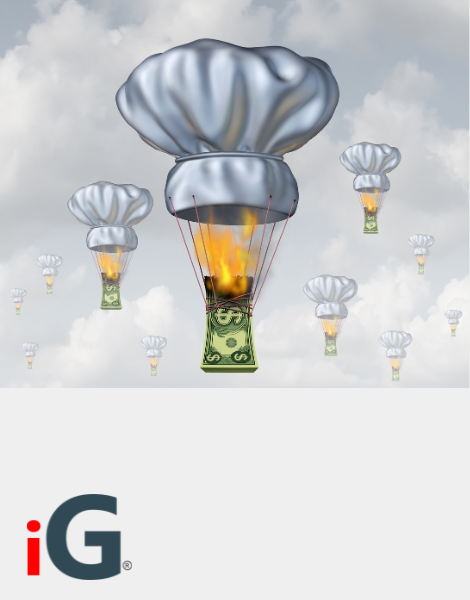 Reducing Costs in the Restaurant: Effective Strategies for Restaurateurs
Posted in: Finances & Operations01/15/2025In this article, you will learn how to reduce costs in your restaurant without sacrificing quality. We present...Read more
Reducing Costs in the Restaurant: Effective Strategies for Restaurateurs
Posted in: Finances & Operations01/15/2025In this article, you will learn how to reduce costs in your restaurant without sacrificing quality. We present...Read more -
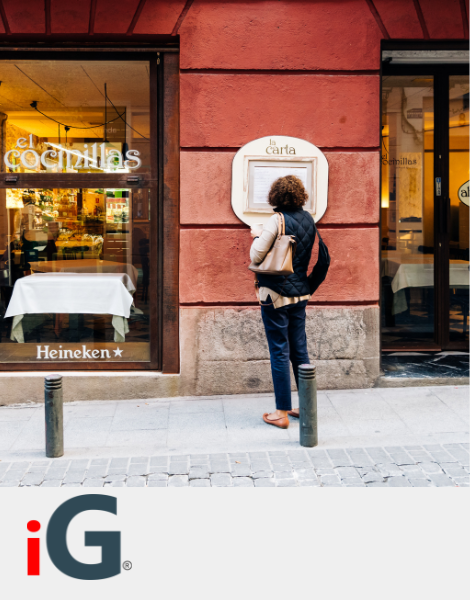 When does 7% and when does 19% VAT apply in the catering industry? The complete overview
Posted in: Finances & Operations01/17/2025Confused about VAT in the catering industry? We clarify when 7% and when 19% apply. All important information for...Read more
When does 7% and when does 19% VAT apply in the catering industry? The complete overview
Posted in: Finances & Operations01/17/2025Confused about VAT in the catering industry? We clarify when 7% and when 19% apply. All important information for...Read more -
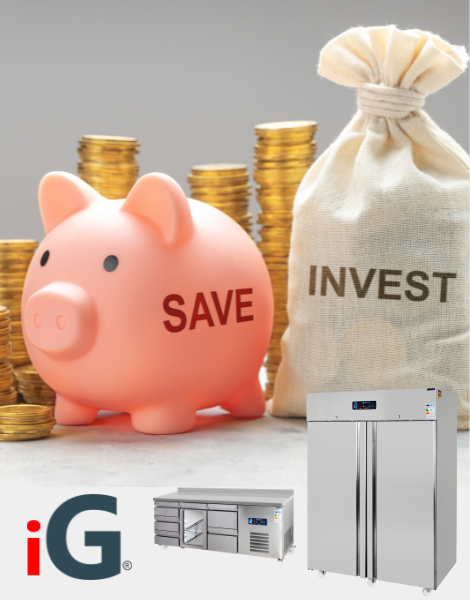 Which Refrigerator is the Most Energy Efficient? The Answer for Gastronomy!
Posted in: Finances & Operations01/20/2025Looking for an energy-saving refrigerator for your restaurant? CSA-Inox offers the best energy efficiency on the...Read more
Which Refrigerator is the Most Energy Efficient? The Answer for Gastronomy!
Posted in: Finances & Operations01/20/2025Looking for an energy-saving refrigerator for your restaurant? CSA-Inox offers the best energy efficiency on the...Read more -
 What Does It Really Cost to Open a Restaurant? A Comprehensive Cost Overview
Posted in: Finances & Operations01/24/2025Dreaming of your own restaurant? We'll show you what costs to expect and how to plan your budget. From pizzerias to...Read more
What Does It Really Cost to Open a Restaurant? A Comprehensive Cost Overview
Posted in: Finances & Operations01/24/2025Dreaming of your own restaurant? We'll show you what costs to expect and how to plan your budget. From pizzerias to...Read more -
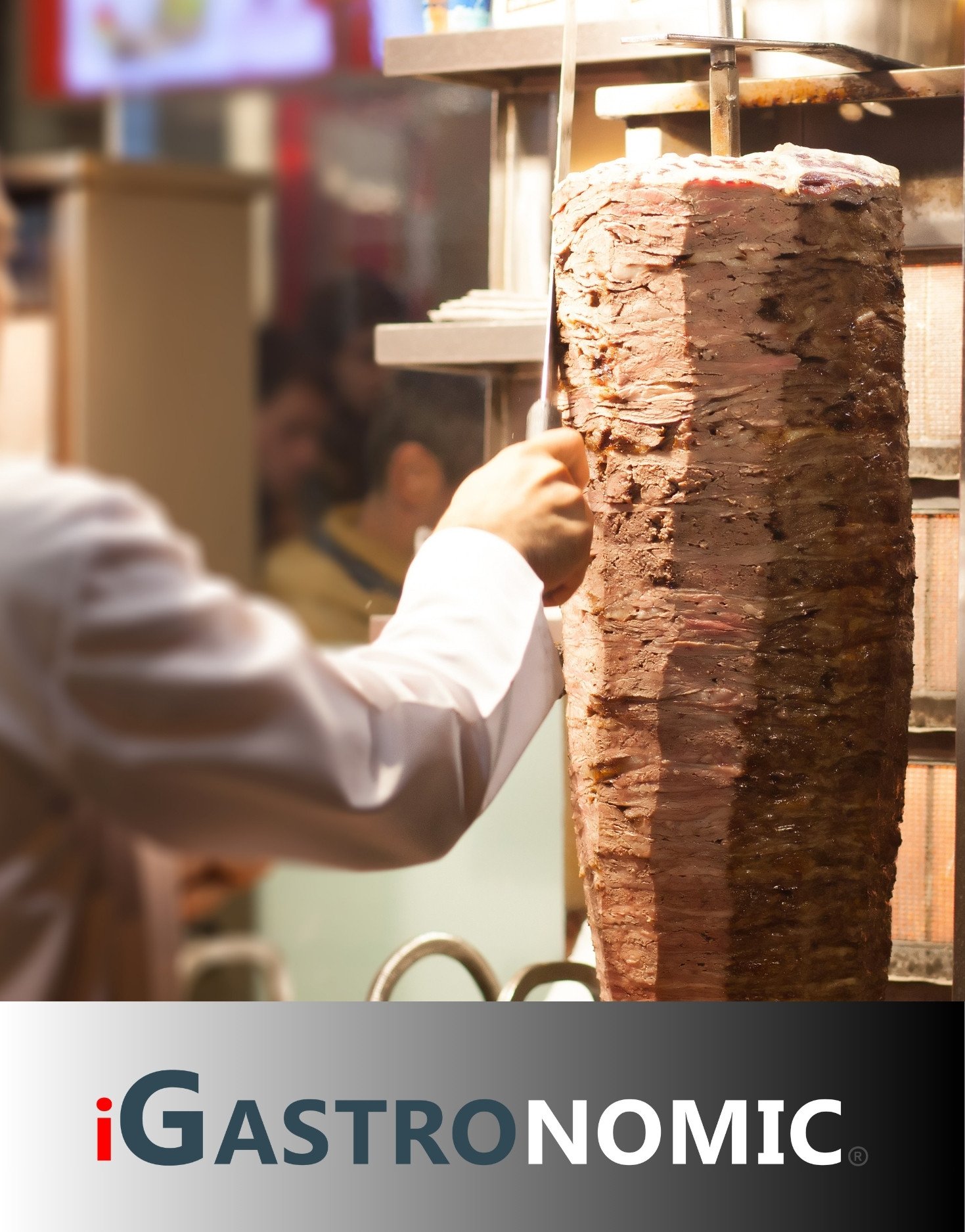 How to Open a Successful Kebab Store: A Step by Step Guide
Posted in: Finances & Operations07/26/2025Learn the essentials of starting a successful kebab store with this comprehensive guide. From finding the perfect...Read more
How to Open a Successful Kebab Store: A Step by Step Guide
Posted in: Finances & Operations07/26/2025Learn the essentials of starting a successful kebab store with this comprehensive guide. From finding the perfect...Read more


.jpg)
.jpg)
.jpg)
.jpg)
.jpg)
.jpg)
.jpg)
.jpg)
.jpg)
.jpg)

.jpg)

.jpg)
.jpg)
.jpg)
.jpg)
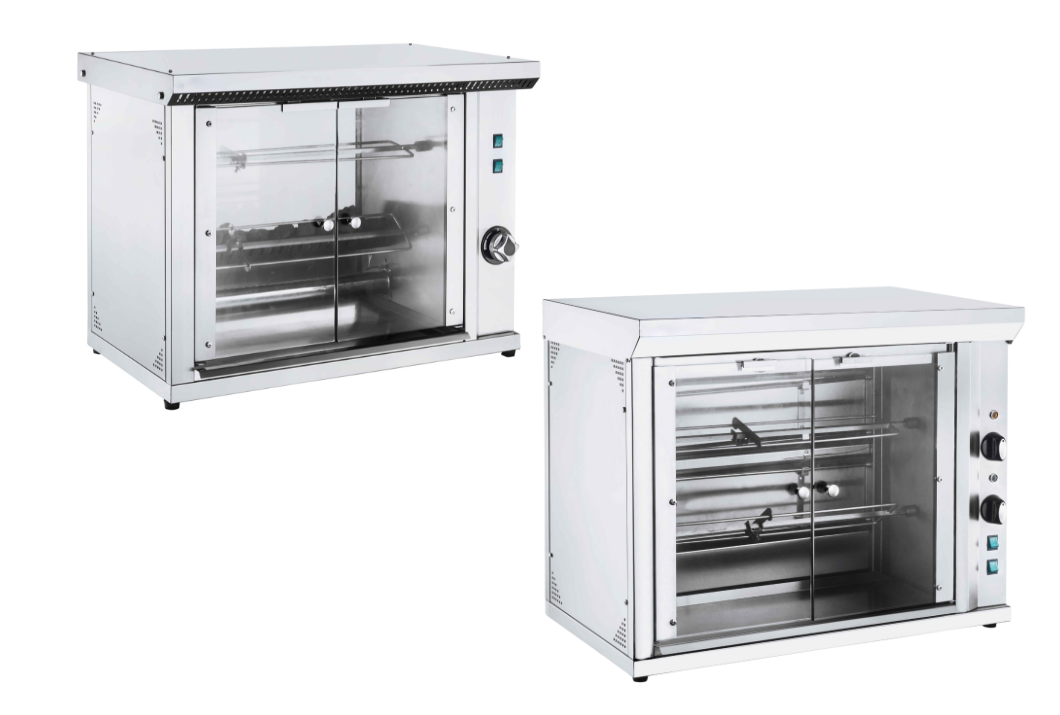
.jpg)
.jpg)
.jpg)
.jpg)
.jpg)
.jpg)




.jpg)
.jpg)
.jpg)
.jpg)
.jpg)
.jpg)
.jpg)
.jpg)
.jpg)



.jpg)
.jpg)

.jpg)
.jpg)
.jpg)
.jpg)




.jpg)
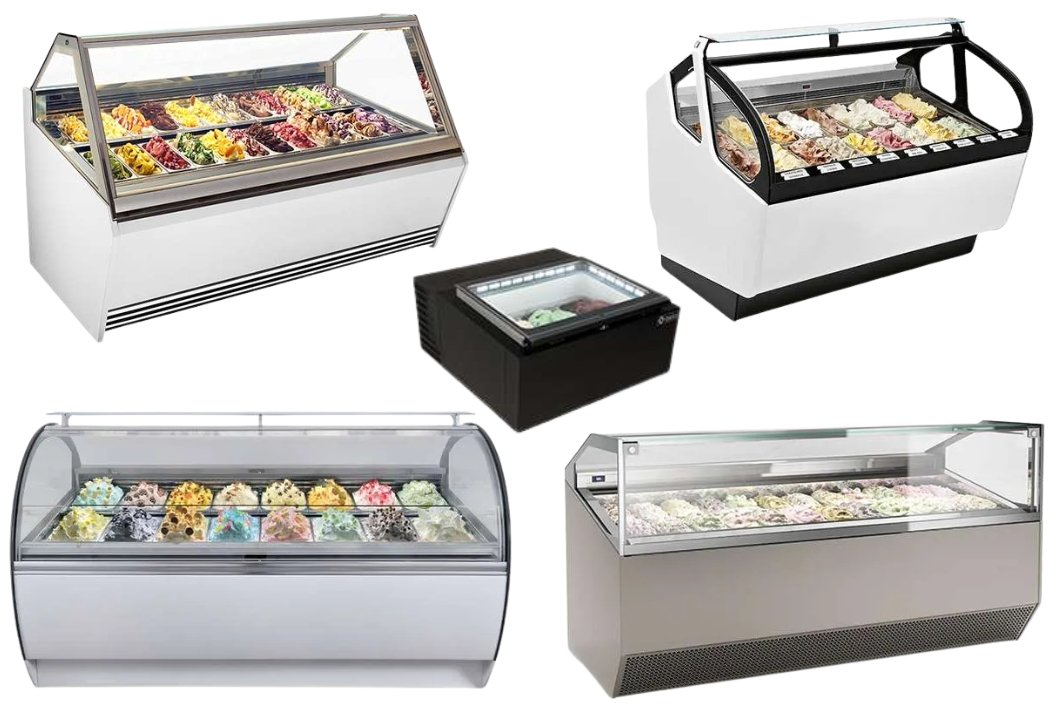

.png)
.jpg)
.jpg)
 (200 x 136 px) (5).png)
.png)
Leave a comment